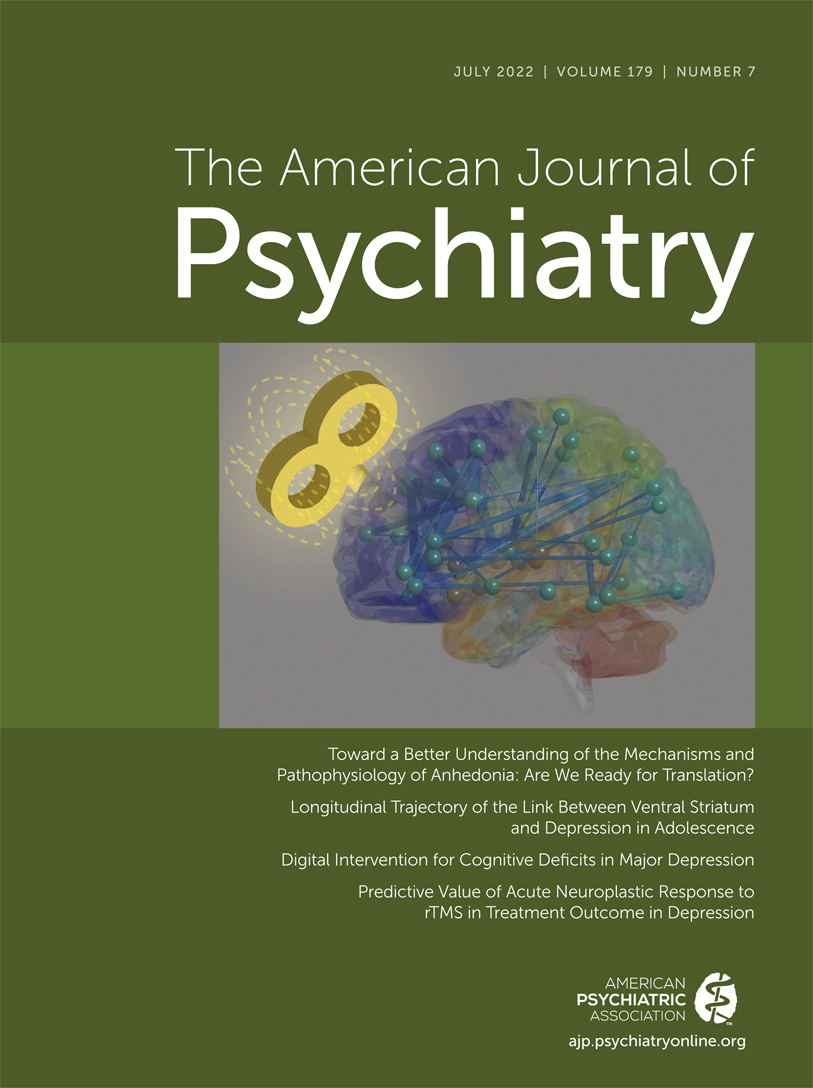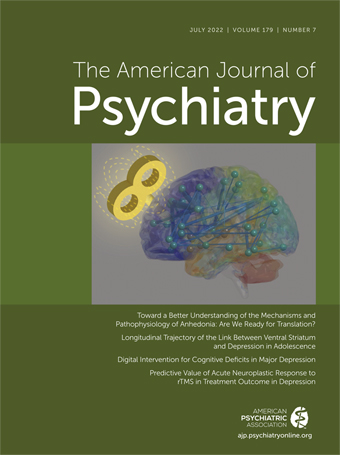As highlighted by several recent reviews (e.g.,
15,
18,
104), one important limitation and potential translational “leak” is the use of vastly different approaches to assess anhedonia across species. Whereas human studies overwhelmingly rely on clinical scales, rodent (and sometimes nonhuman primate) studies rely on the sucrose preference test or other tasks involving palatable food, and in the case of rodents, intracranial self-stimulation (e.g., within the medial forebrain bundle). Despite the evolutionary conservation of brain reward pathways, and acknowledging that these approaches have contributed to important discoveries, the translational value of this work remains unclear. As a result, in recent years there has been growing interest in developing and optimizing experimental procedures that are functionally analogous—and, in some cases, identical—across species, with the hope that these platforms might accelerate translation. A comprehensive review is beyond the scope of this overview, but the interested reader is referred to several recent reviews on this topic (
105–
107). Here, I briefly highlight our experience using the PRT, which assesses reward learning or the ability to modulate behavior as a function of rewards. Originally developed for humans (
108), the PRT has been back-translated to nonhuman primates (
109), rats (
110), and mice (unpublished), most recently using touchscreen technology (
Figure 3A). Using tasks with identical reinforcement contingencies (e.g., 3-to-1 reward ratio for correct identification of one stimulus vs. another), identical sensory modalities (e.g., visual stimuli), and similar psychometric properties (e.g., overall accuracy between 70% and 90%), and using identical signal-detection equations to derive measures of response bias (i.e., the preference for the more frequently rewarded stimulus), our lab and others have described similar findings in humans and rodents given interventions hypothesized to increase or decrease DA signaling (e.g., pramipexole, stimulants, nicotine withdrawal) or exposed to stressors (
111–
116). Critically, anhedonic symptoms among depressed individuals (
Figure 3B), as well as anhedonic behavior induced by early-life stress in rats (
Figure 3C), were associated with similarly blunted reward learning on the PRT (
117,
118). Finally, in humans, individual differences in the ability to acquire a response bias have been linked to functional, electrophysiological, and molecular markers of the mesocorticolimbic system (
119,
120) (
Figure 3D). Interestingly, a recent study in rats (
116) showed that blunted reward learning after exposure to chronic mild stress could be reversed by systemic injection of a low dose of the D
2/D
3 antagonist amisulpride (hypothesized to increase DA signaling in the striatum via autoreceptor blockade) (
116). Thus, transient increase of DA signaling in the striatum rescued stress-induced anhedonic behavior in rats, which parallels prior findings in MDD showing that a single low dose of amisulpride (50 mg) normalized blunted reward-related activation in the dorsal and ventral striatum (
64,
65). Finally, and highlighting potential clinical utility, two recent studies in independent samples showed that more normative PRT reward learning before treatment predicted better antidepressant and antianhedonic response to bupropion (
121) and pramipexole (
122). Critically, in the study by Ang and colleagues (
121), better reward learning predicted better response to bupropion after failing to respond to 8 weeks of treatment with the SSRI sertraline. If replicated, these findings suggest that objectively assessed anhedonic phenotypes may be more homogeneous than the syndrome of “MDD,” which may facilitate treatment selection for at least a subgroup of depressed individuals. Future studies should also evaluate whether subgrouping patients based on objective measures of anhedonia might outperform self-reported assessments of anhedonia (for initial evidence, see references
123,
124), particularly when using “first-generation” clinical anhedonia scales, which, as discussed next, do not differentiate among different subdomains of reward processing.




